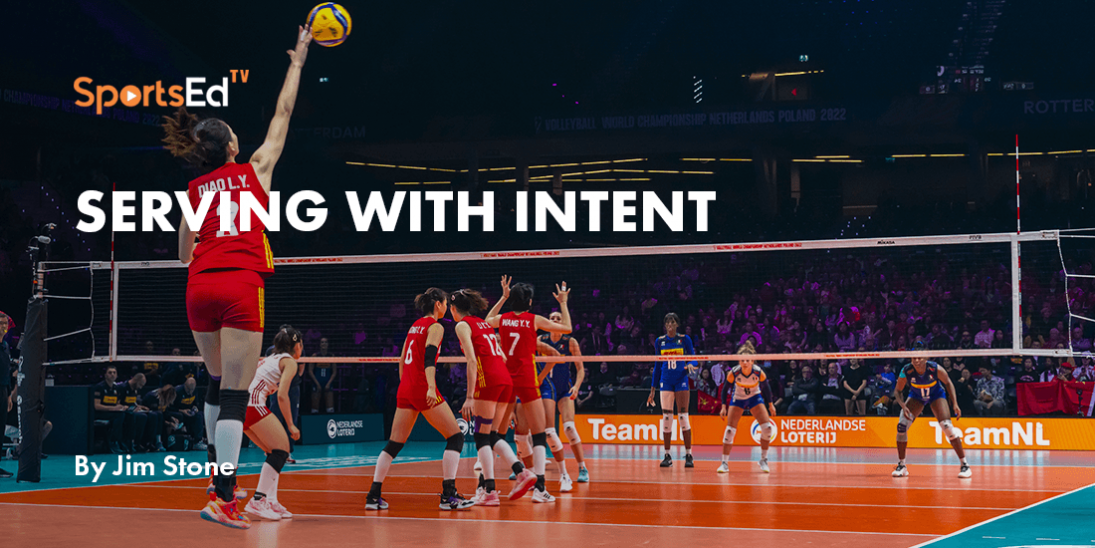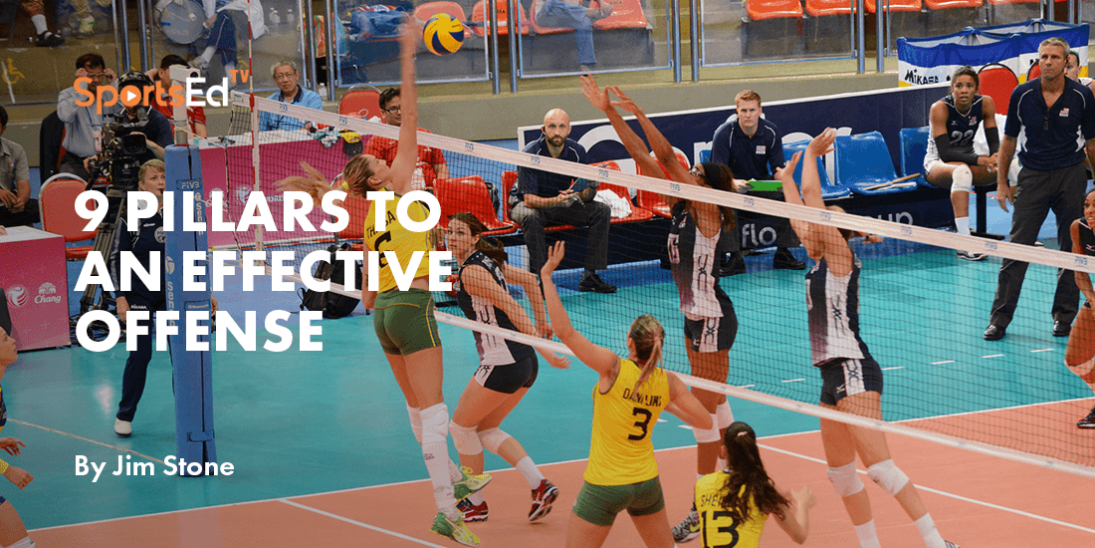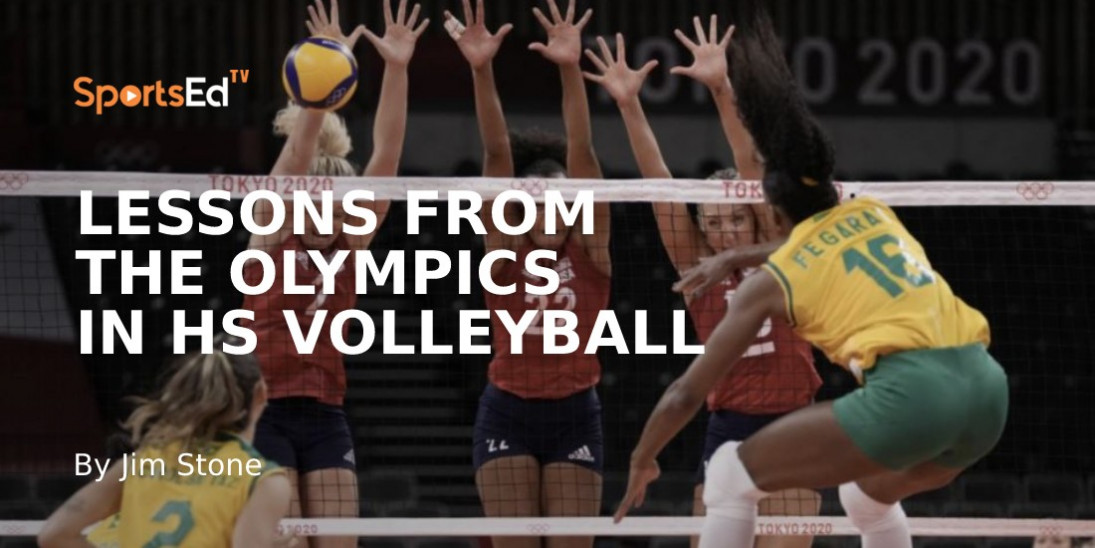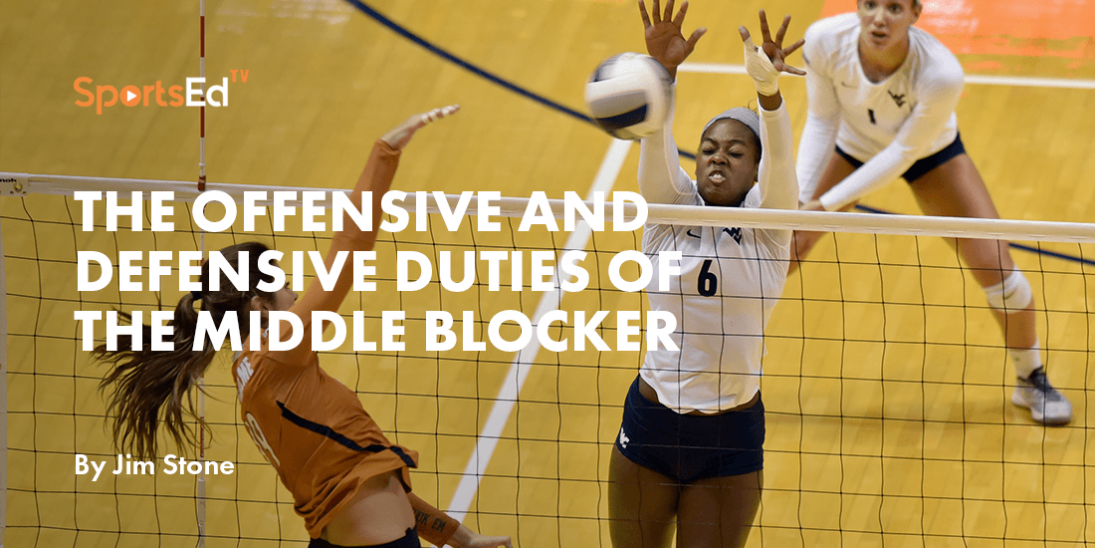Volleyball
Welcome and thanks for visiting...

Volleyball Passing: Techniques and Systems
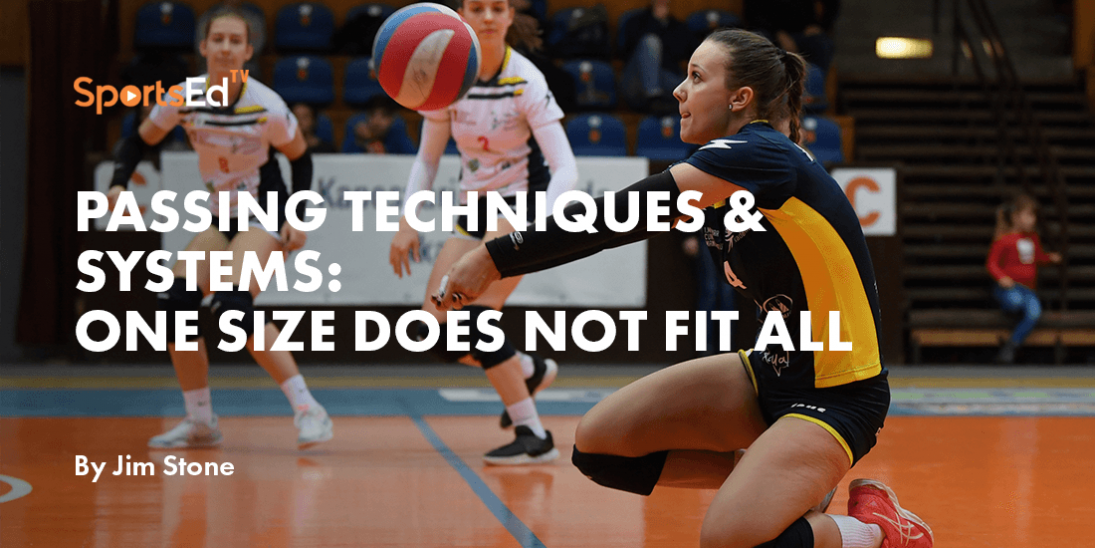
Coaches must avoid blindly copying other teams' or coaches' techniques and tactics. The approach to teaching skills and implementing systems should be based on several factors, such as the level of play and the type of team. The men's game at the international level, with its fast-paced serving and attacking, requires unique techniques and tactics. While a coach may try out new ideas, simply copying others' methods is not advisable.
It is not uncommon for club coaches at all levels to express their frustration over poor serve-receive skills among their players. During the FIVB World Championships a few years ago, we conducted an analysis of the contact point relative to the passer's body and the resulting pass quality for each team and every passer, totaling over 4,000 receptions. The results are as follows:
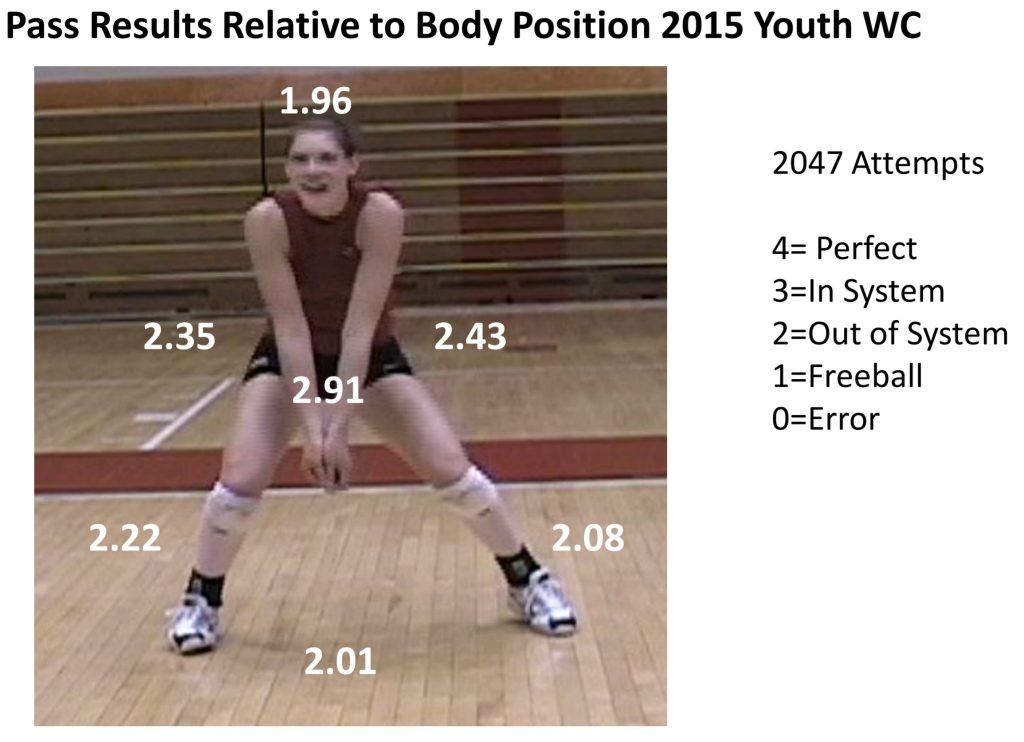
As demonstrated by our research, the most successful passes took place when the ball made contact at the center of the body or near the hips. However, accuracy decreased significantly when the ball was caught at the shoulders or below the knees.
It's important to note that passing is not an absolute skill, and ideal contact points won't always be possible. For instance, when facing a high-velocity serve, the passer may not have enough time to make contact at the preferred spot. That's why it's essential for players to be comfortable passing in a variety of scenarios, such as the midline, outside the body, high or low balls, etc. These scenarios can be practiced during controlled technique repetitions in practice and gradually progressed to receiving live serves. Additionally, coaches should consider incorporating visual cues to help their passers perform more effectively.
See my recent blog post regarding visual cues.
As a key aspect of serve-receive, the reception pattern used can make a big difference. If short or deep serves are causing the most issues, could adjusting the reception pattern help? Typically, teams line up three passers across the center of the court, but this 3-person pattern leaves them vulnerable to the toughest types of serves.
Club coaches should consider experimenting with using four or five passers. Some may be hesitant due to a lack of quality passers, but distributing court coverage responsibilities and giving more players passing duties could lead to an improvement in passing numbers. Urgency can be a powerful motivator!
Now let's examine the W-Reception pattern.
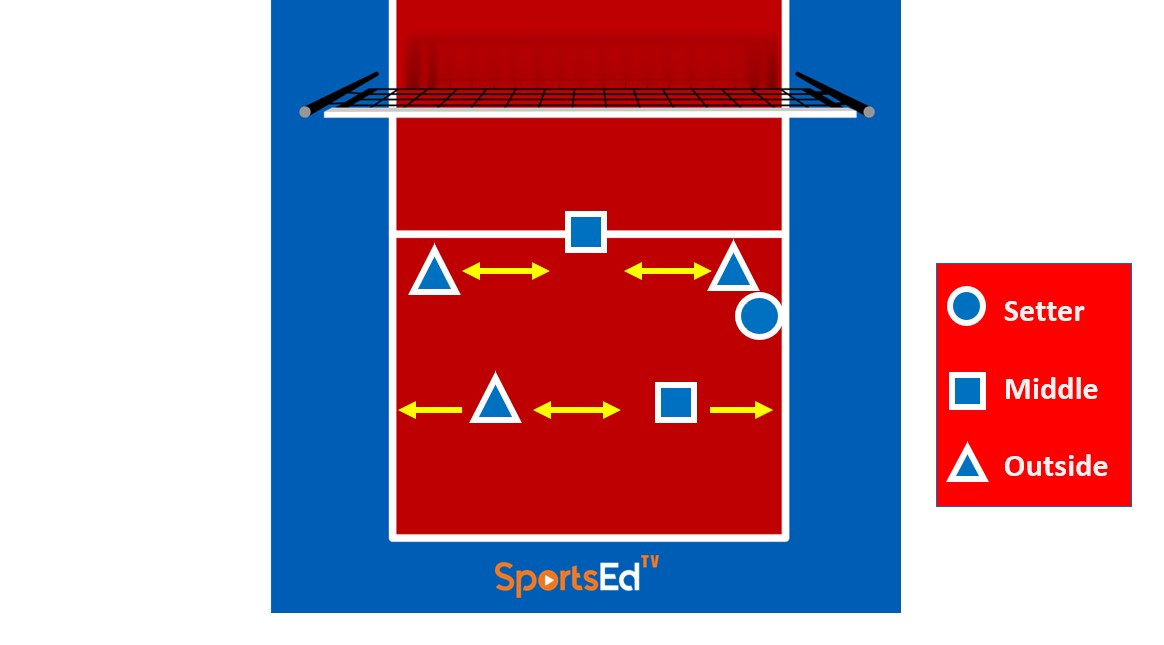
The photo above illustrates how every player, excluding the setter, is assigned reception duties. The entire pattern can be adjusted forward or backward as necessary. The front-row passers will handle the short serve and move sideways if needed, enabling the back-row passers to position themselves a bit deeper. This allows the back-row passers to better handle the short serve and moving closer to the end line makes it easier to manage the deep serve. The advantages of the W-pattern include making individual court coverage less challenging and addressing the short/deep passing difficulties of the 3-person pattern. However, the weakness of the pattern is that all passers, whether strong or weak, become targets for a skilled serving team.
Coaches can also modify the pattern by making it more compact or shifting it to give their best passers more court coverage. See below:
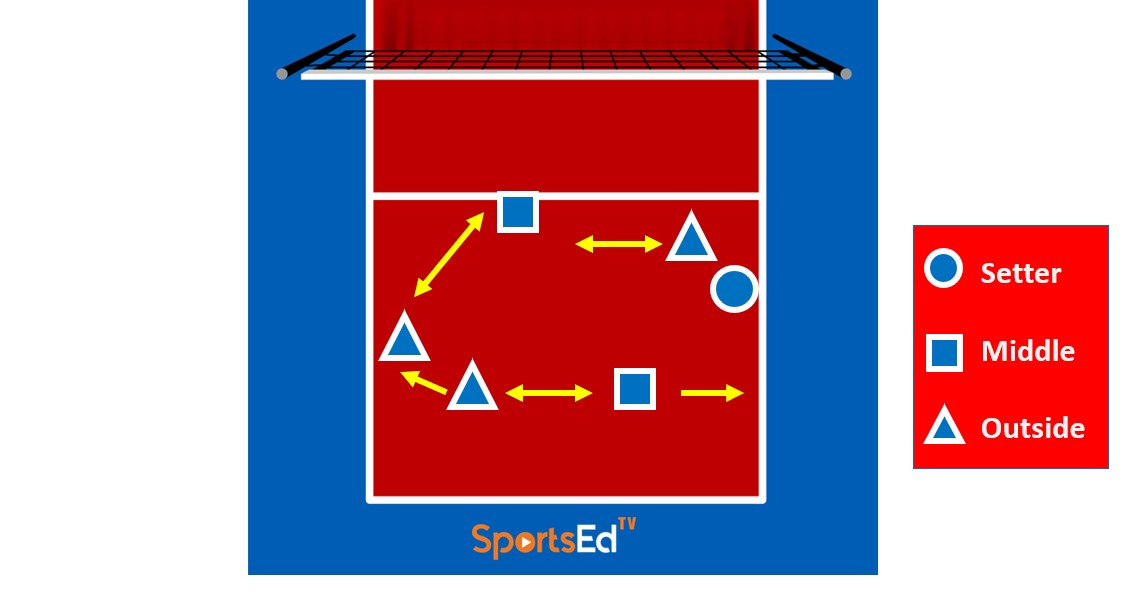
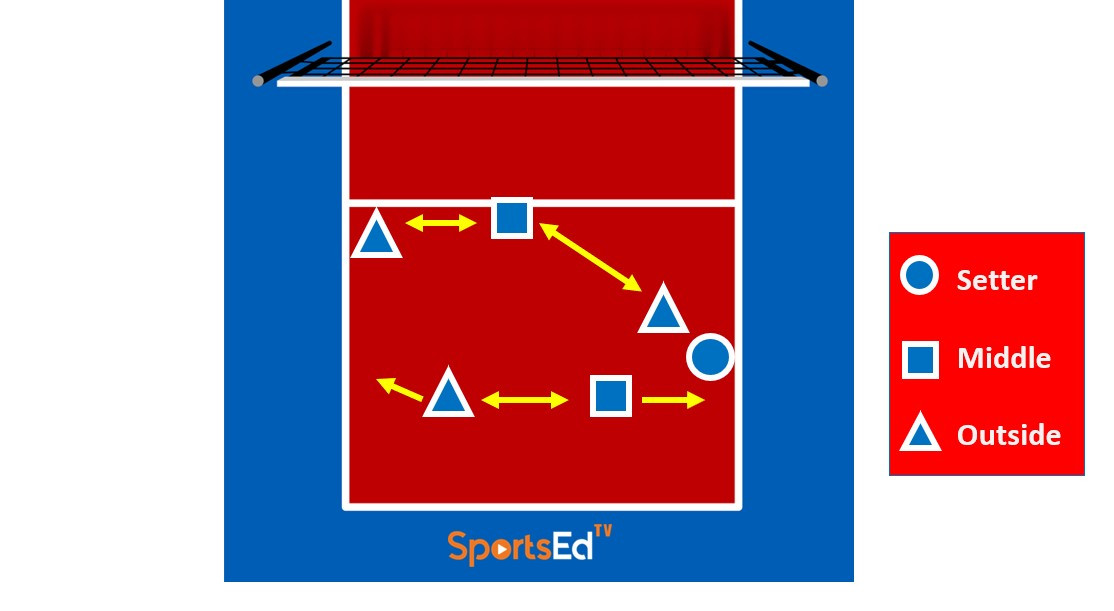
You can see in the above pictures how the left-front or right-front passers have dropped deeper to take more passing responsibility.
The other pattern worth exploring is the U-pattern.
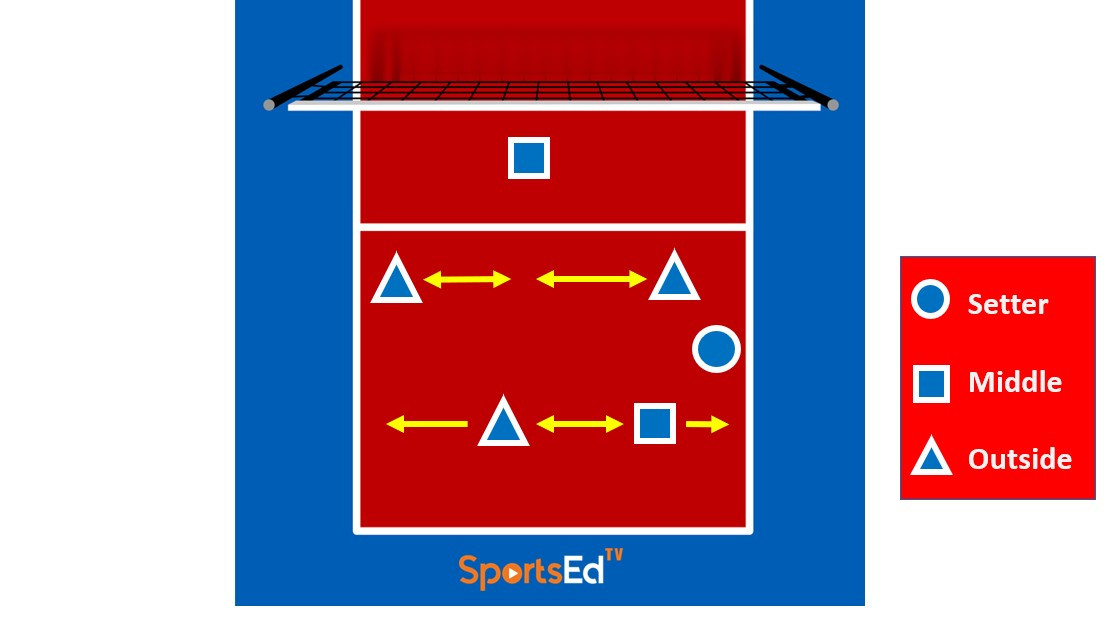
The benefits of the U-formation lie in the absence of passing responsibilities for the quick attacker, allowing them to concentrate solely on attacking. The front-row passers will also handle the short serves, taking the burden off the deep passers. The downside of this formation is the increased court coverage for each individual player. Just like the W-formation, the entire formation or specific passers can adjust their depth as the situation demands.
The speed of the jump serve in the men's game makes both the W-formation and the U-formation challenging. However, for the women's game, especially at younger levels, these formations are a viable option for coaches. Another aspect to consider is these formations allow more players to gain experience in serving and receiving. The women's game needs more skilled passers who can also attack effectively, and either formation can help achieve this. Regardless of the formation, it's important to clearly assign responsibilities for short, deep, and lateral passes and to practice these regularly. Coaches should experiment with different formations to maximize their team's passing strengths and minimize their weaknesses.



